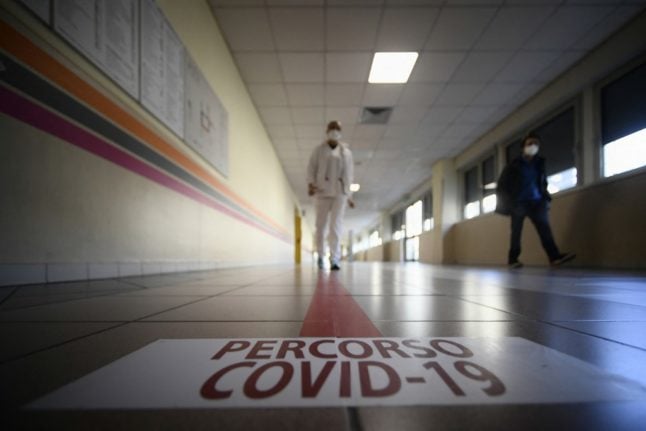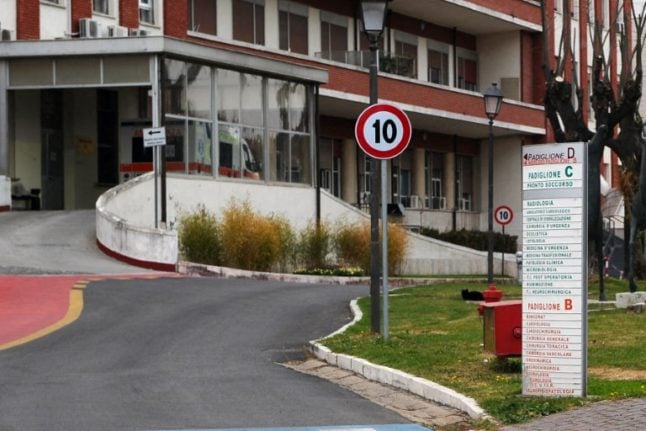The health ministry recorded another 318 Covid-19 fatalities over the last 24 hours, taking the official total to 100,103 just over a year since the first death was recorded in northern Italy.
Some 13,902 new cases were detected, the ministry said, down from 20,765 on Sunday. Numbers tend to drop on Mondays due to lower testing and reporting rates at weekends.
The total number of confirmed cases since the start of the epidemic is now 3,081,368.
Last week, the GIMBE health think tank warned that Italy had entered a third wave of contagions, as health data confirmed a sharp increase in infection numbers.
Weekly infection numbers rose by a third to more than 123,000 cases between February 24th and March 2nd, the highest since early December.
As hospital intensive care units are again coming under pressure, the government is also considering increased nationwide restrictions, from extending the current evening curfew to a national lockdown, according to media reports.
READ ALSO: Lockdown by next week? These are the new Covid restrictions Italy is considering
Additional measures could be announced by Friday if the infection rate rises again this week.
“With these numbers we need stricter measures,” Foreign Minister Luigi Di Maio wrote on Facebook, adding: “There is no alternative to stricter measures.”
A poll published on the weekend by the Corriere della Sera newspaper suggested that 44 per cent of Italians would back a strict lockdown, up from 30 per cent two weeks earlier.
Tighter restrictions took effect on Monday in Campania, which includes Naples, which joined Basilicata and Molise in the list of “red” regions under lockdown.
Lockdowns have also been enforced at more local level in dozens of provinces and cities – leading to the closure of bars, restaurants, most shops, and of all schools including nurseries.
‘Mini red zones’: Where are Italy’s local coronavirus lockdowns?
Face-to-face learning is now off for almost six million students, around two thirds of the total, according to website Tuttoscuola.com.
Health minister Roberto Speranza said more red zones are likely to be declared across the country on Friday under the current system of regional and local measures.
“We’re monitoring the curve and checking which measures are most appropriate,” he said on Monday. “I expect the variants to have an impact and that more regions will go red.”
According to Italy’s higher Health Institute (ISS), at least 54% of all cases in Italy are now caused by the so-called English variant
This variant is able to spread 35-40% faster than the original strain, the ISS said.
Italy’s vaccine programme has made slow progress so far, although the government last week announced a plan to speed up vaccinations significantly between March and June.



 Please whitelist us to continue reading.
Please whitelist us to continue reading.
Member comments